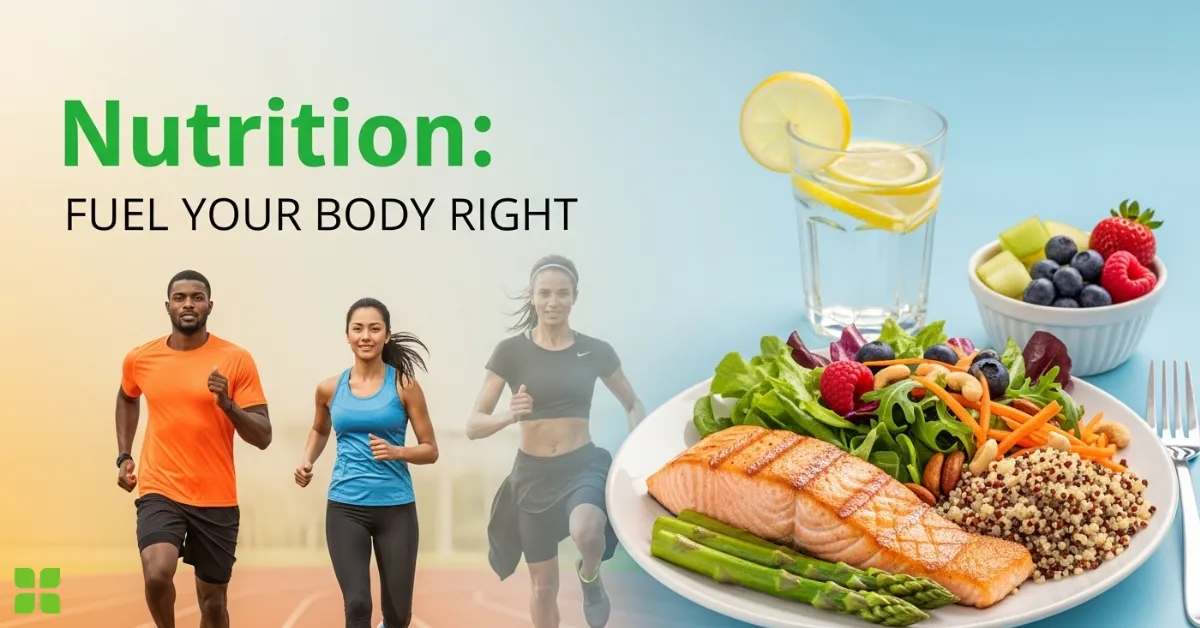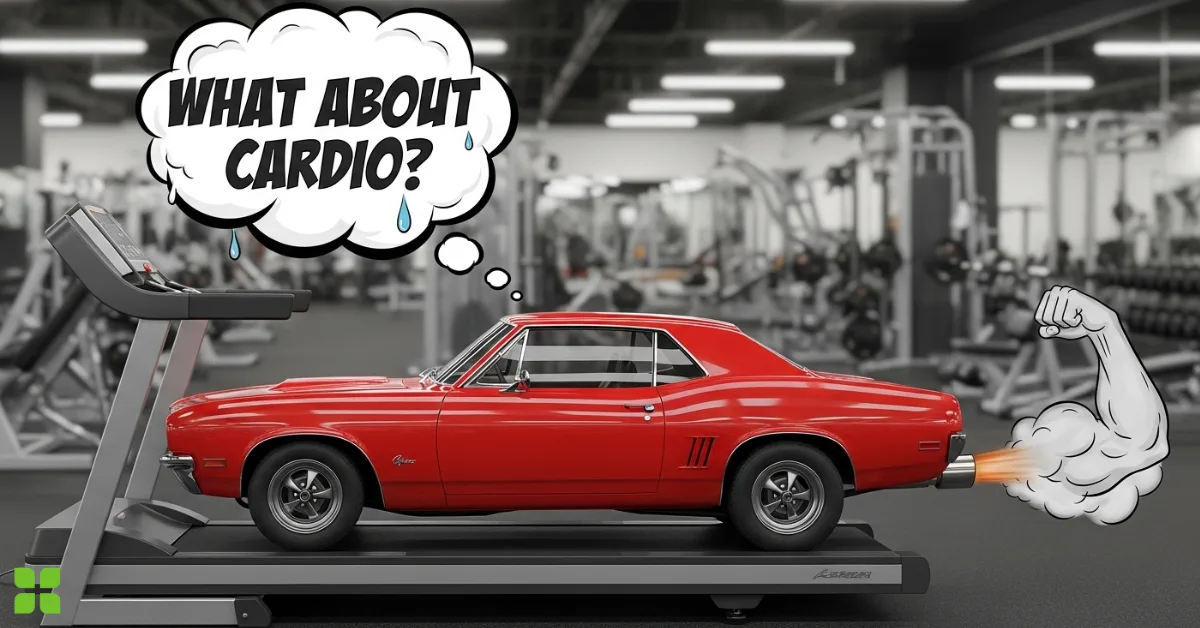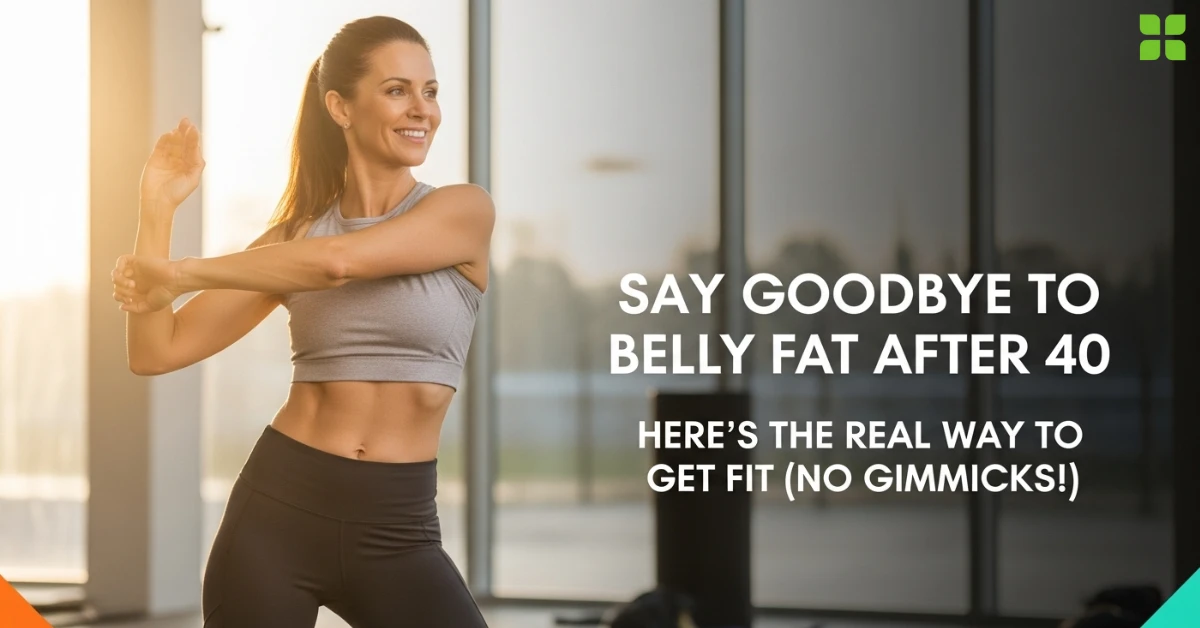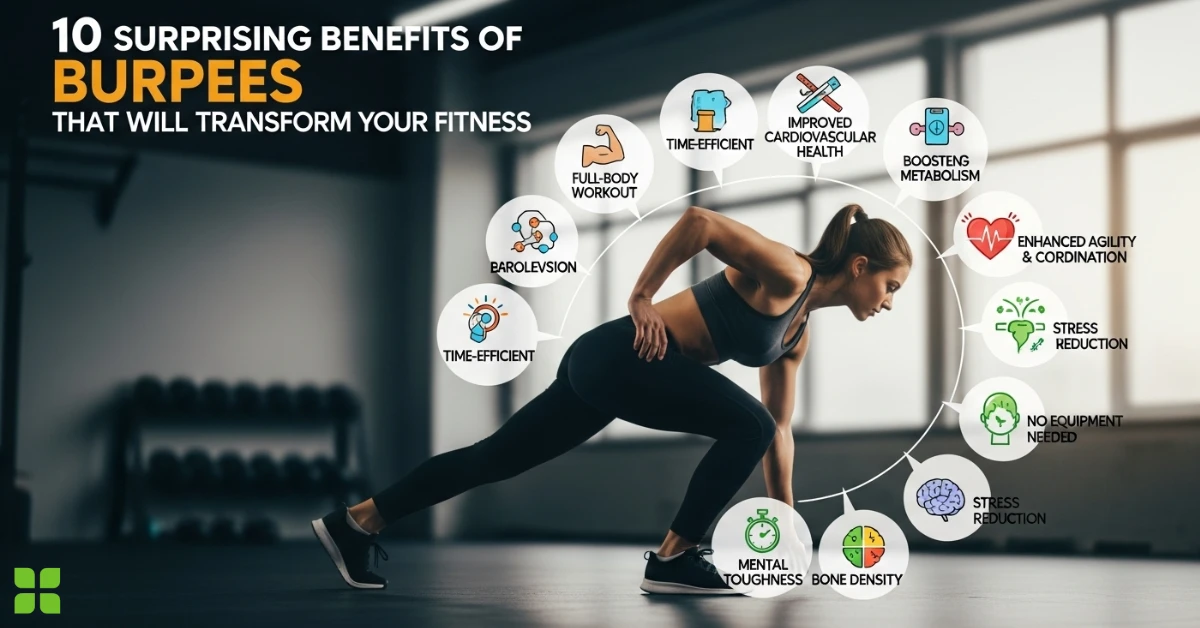Let’s be real — hitting your 40s comes with some unexpected body changes. One of the most common (and most frustrating)? Belly fat. It often starts as a small “spare tire” or “love handles” and, if ignored, can grow into something more stubborn and hard to lose.
For men, this becomes even more of a challenge because muscle mass naturally starts to decline around age 40. And since muscle burns more calories than fat, losing it makes it easier for your body to store those extra calories — usually right around your middle.
But here’s the thing: belly fat isn’t just about looks. It’s tied to serious health risks like:
• Type 2 diabetes
• High blood pressure
• Heart disease and stroke
• Certain cancers
• Sleep apnea
• Fatty liver disease
• Kidney disease
Prevention is better than cure, as they say — but for many men, reversing the damage is the reality. That’s why the Fit After 40 series exists — to help men tackle health and fitness challenges head-on with expert tips from pros like those at Texas Health Fitness Centers.
Eric Samaniego, a certified personal trainer and manager at Texas Health CityLine Fitness Center, shares some valuable advice on how to take control of belly fat — and why doing 100 crunches a day won’t help.
“The belly is often the first place men gain fat and the last place it comes off,” says Samaniego. “And unfortunately, you can’t spot reduce. There’s no magic ab workout that will melt away belly fat.”
So, what can you do? According to Samaniego, it all starts with your lifestyle — and there are four major areas to focus on:
Table of Contents
1. Attitude: Your Mindset Is Everything

“Weight loss starts in your head,” says Samaniego. “You have to decide you’re ready to work for it.”
Think of attitude as your willpower, your ability to manage stress, and your level of mindfulness. Staying positive and focused helps you stay on track, even when progress is slow.
“This isn’t a sprint,” he says. “It’s a long game.”
2. Sleep: Don’t Skip Your 8 Hours

Sleep might not feel like a weight-loss strategy, but it’s a huge piece of the puzzle.
Back in 2014, the CDC found that 35.5% of men were sleeping less than 7 hours a night — and those men were more likely to have a BMI over 30 (that’s considered obese). In short, sleep impacts your hormones, your recovery, and even your metabolism.
Aim for 7–8 hours of quality sleep every night to keep your body working properly.
3. Nutrition: Fuel Your Body Right

You’ve heard it before, but it’s worth repeating: you are what you eat.
“Good nutrition means balanced meals with lean proteins, complex carbs, and healthy fats,” says Samaniego. “Ditch the junk, stay hydrated, and eat a variety of real, whole foods.”
Eating clean doesn’t mean starving yourself — it means giving your body the nutrients it needs to lose fat and stay energized.
4. Physical Activity: Strength + HIIT = Results

When it comes to workouts, Samaniego says the best combo is strength training and high-intensity interval training (HIIT). Together, they help burn fat, build muscle, and improve overall conditioning.
Workouts should focus on full-body movement patterns, not just one muscle group. Here are five essential types of exercises to include:
• Push – Bench press, overhead press, push-ups
• Pull – Pull-ups, rows
• Squat – All types: back, front, goblet, lunges
• Hinge – Deadlifts
• Loaded Carries – Walk with weights
Pick one exercise from each group per session. Do each for 10 reps using a weight that feels challenging but doable. Lighter weights? Do more sets (up to 5). Heavier weights? Stick with fewer reps and sets.
“Always use perfect form,” says Samaniego. “Don’t go all-out every set. Your goal is consistency and good technique.”
Use dumbbells, kettlebells, barbells, resistance machines — whatever works for you. And don’t forget to mix it up to keep things interesting and challenging.
Aim to work out 2 to 6 days a week, depending on your goals and recovery.
What About Cardio?

Yes, cardio matters too — especially HIIT. But don’t worry, it doesn’t have to be intense right away.
Start simple: pick something you enjoy (walking, swimming, cycling, etc.) and alternate between short bursts of effort and rest.
Example beginner HIIT plan:
• Run or power-walk for 15 seconds
• Walk for 45 seconds
• Repeat for 20 minutes
Adjust the intensity as you get stronger, and always make sure you’re starting at a safe level for your fitness.
Skip the Gimmicks — Focus on the Lifestyle
Samaniego is clear on this: forget quick fixes, fad diets, or sketchy supplements.
“Getting rid of belly fat takes consistent effort and a long-term mindset,” he says. “Commit to a healthier lifestyle, and the results will follow.”
If you’re not sure where to begin, talk to a fitness expert or personal trainer who can build a program around your goals, strengths, and challenges.
Final Takeaway
Losing belly fat after 40 is absolutely possible — but it’s not about shortcuts. It’s about making smarter choices, staying committed, and building habits that last a lifetime.
So instead of crunching endlessly on the floor, start by strengthening your mindset, getting your sleep in check, fueling your body right, and moving with purpose.
Your 40s don’t have to be the end of fitness — they can be your strongest years yet.
Read More:Is Fat Making You Fat? The Truth About Dietary Fats (And What to Eat Instead)








